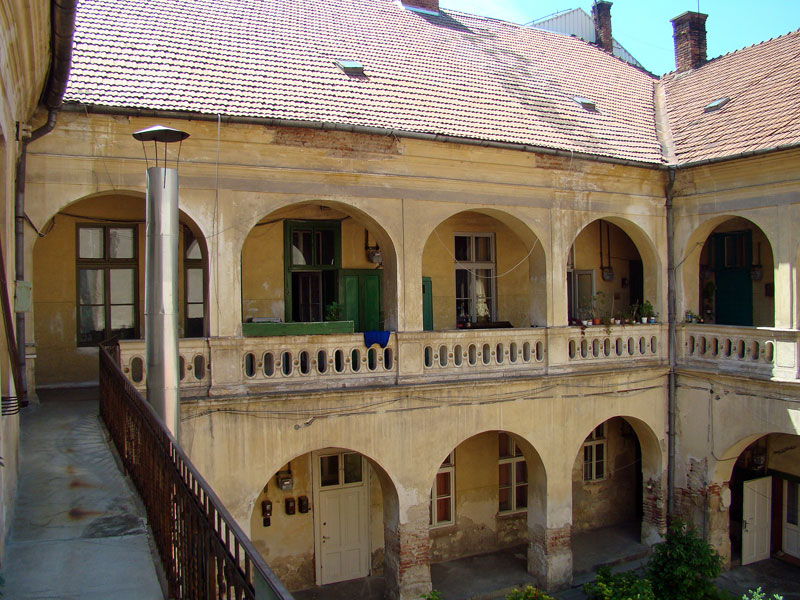Composition of the nobility
In the Act of Law of 1498, article 22 enshrined in law the names of the “natural or nominal barons”, that is, the magnates, which consolidated the position of about forty families in total. Naturally, the aim was not simply to record their names, but to formalize which families would be obliged to supply troops in the event of war. In the Middle Ages, beginning with the reign of Sigismund, the number of magnate families remained constant at around forty, fluctuating little, for just as many families died out as were elevated among them.
Nobility and wealth, but not official rank (palatine, etc.), would be passed down the male line. Only landowners with 1000–1200 serfs counted as magnates, and merely being appointed to high office was insufficient grounds. However, although the high nobility proved numerically constant, and the practice of inheritance gradually took shape over the first few centuries of the Kingdom of Hungary, the openness and mobility of the aristocratic class remained unchanged, for the king frequently appointed homines novi, that is “new men”. According to one study, the process of flux and renovation among the Hungarian high nobility was almost continuous between 1458 and 1646. In 1458, there were 59 families within this circle, but by 1646 that number had hardly risen at all, to 64. This numerical stability was due to families dying out; minimal fluctuations arose because extinctions and new appointments were rarely in precise alignment. Had it not been for so many families failing to produce a male heir, the total number of magnates would have increased incessantly.

No matter how wealthy these families were regarded, the combined work of their serfs barely covered the upkeep of their estates and the maintenance of their lifestyle, with little surplus, if any, for representation and luxury.
From the time of Ferdinand I, kings began to elevate certain families to ranks of higher status, but only if the family was already a member of the aristocracy. This led to the development of the hereditary peerage, as distinct from the “common nobles”, i.e. the gentry. In the sixteenth and seventeenth centuries it became impossible for anyone without a connection of some sort to one of the established families to ascend to the highest layer of the nobility. At the end of the seventeenth century, there were around fifty families in the country’s high nobility, before this number was tripled by Maria Theresa to 155, although this amounted to no more than a thousand people. By this time, titles were also permanently established: apart from Transylvania, there were two princely families (Esterházy, Batthyány), 84 comital and 69 baronial.
After the period of Ottoman occupation, however, the aristocracy lost its role as defender of the nation, driver of the economy and organiser of society, and became increasingly distant from the gentry. This was the period that laid the groundwork for the nineteenth-century aristocracy, who later developed a particular sense of responsibility for the country.
At the time of Joseph II, the population of the country numbered nine million, of whom around 350,000 were members of the nobility and gentry, that is, around 4 per cent of the total population, average by European standards (in Poland the ratio was 8–12 per cent, in Spain 5 per cent, and in France a mere 1.5 per cent). After the reign of Maria Theresa, a good 800 or so families could consider themselves affluent, alongside a few thousand middle-ranking landholders. More than 90 per cent of the gentry, numbering approximately 70,000 families, were smallholders or landless.
Title image: Former Bethlen-castle in Bethlen /Beclean, cca. 1712 – currently local municipality
To be continued